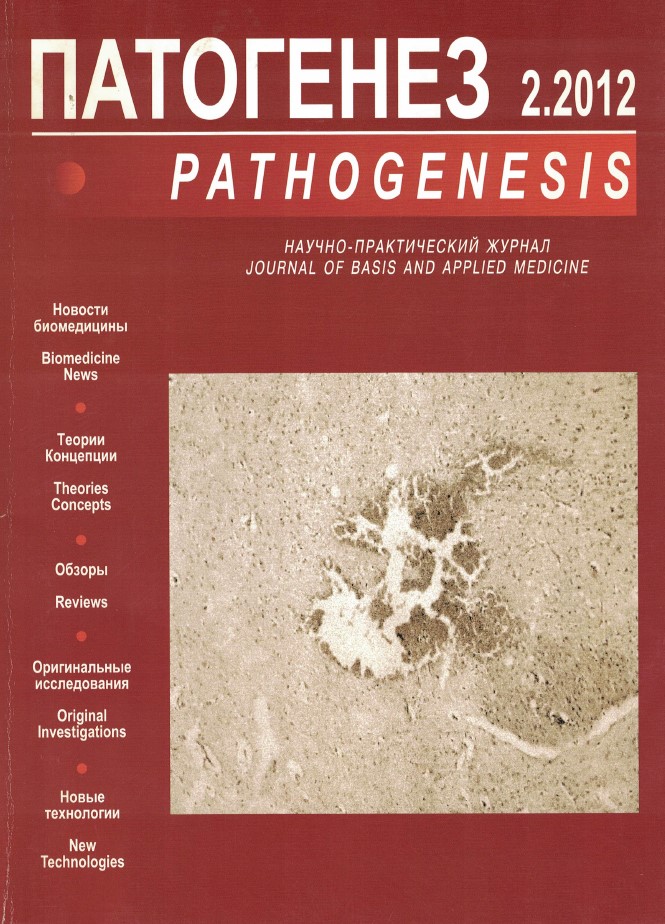Nitric oxide (NO) stores and their adaptive function in the cardiovascular system
Abstract
Nitric oxide (NO) is a highly reactive substance with short lifetime. Under the conditions of a living body NO can be bound into complexes used for transport and intracellular storage of NO. The major biological forms of NO stores include S-nitrosothiols and dinitrosyl iron complexes capable of interconversion. Recent observations in animals and humans have greatly increased interest in possible functions of nitrite, especially with respect of its conversion to NO under conditions of hypoxia. The NO store formed by these compounds, on the one hand, provides for protection from excessive free NO after its overproduction and, on the other hand, can be an additional NO source when it is deficient. Adaptation of animals to intermittent hypoxia is associated with formation of NO stores. Intermittent hypoxia may confer protection of the cardiovascular system in the settling of both NO deficiency and NO overproduction. On one hand, binding of excessive NO to NO stores protects tissues from NO toxicity and from the hypotension associated with excessive NO. On the other hand, NO stores can serve as a reserve of NO when NO production is depressed. Thus, formation and degradation of NO stores can play an important role in prevention of cardiovascular disorders associated with either excess or deficiency of NO, and modulation of NO storage can be clinically important.




